By Nicole DiGiose, content editor
Although sensors in our homes aren’t anything new, they’ve become much more prevalent thanks to the expanding smart home boom. In this day and age, you can find an abundance of these smart little detectors covering a range of uses and functions. Whether you have every sensor imaginable to keep your connected home secure, or are just starting out, here are six sensors every home should have.
Motion sensor
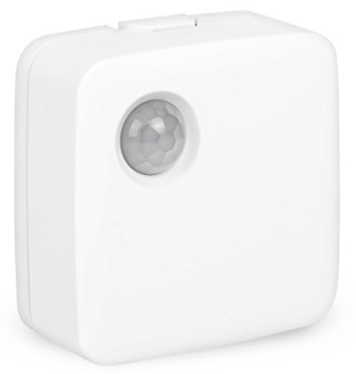
When you think of sensors paired with securing your home, motion sensors are likely the first to come to mind. Considering many of the latest smart alarms rely on them, this shouldn’t come as a surprise. Now, thanks to the IoT and the connected smart home, motion sensors can be put to multiple uses.
One example would be hooking one up to your smart lights, which could immediately brighten whenever you enter a room between two predefined times. Of course, you can also turn things up a notch by setting the bathroom light, for example, to illuminate between 7:00 p.m. and 11:00 p.m., while emitting a soft glow in the early morning hours.
Another useful task for the trusty motion sensor is to use the technology to keep a virtual eye on specific areas, such as receiving an alert every time your toddler or dog gets too close to the in-ground swimming pool in the backyard.
One of the top-rated models to consider is the Samsung SmartThings Motion Sensor, with an affordable price tag of $39.99.
Light sensor

Want to improve your security while saving money? Light sensors can light the way. For many of us, accidentally leaving the lights on happens from time to time, or perhaps you can place the blame on a forgetful family member. Either way, over the course of a decade, that can add up to a lot of wasted money.
Once installed, light sensors can turn off the lights once dawn breaks and turn them on when dusk settles in. Not only will this save you money, but it will also make it look like someone’s home from an outsider’s perspective while you’re traveling. One of the best parts is that there are plenty of light sensors on the market to choose from.
Water sensor
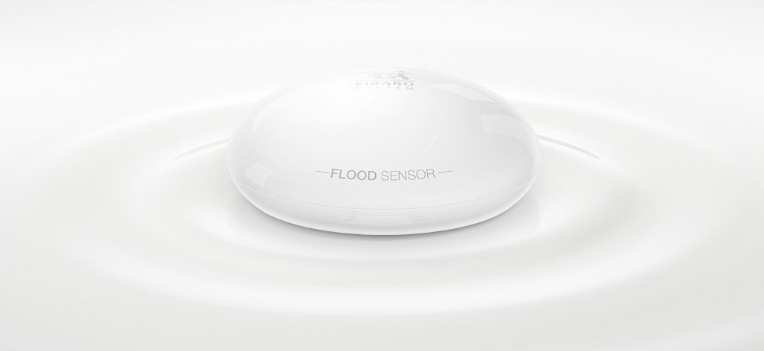
Goodbye, floor damage, hello saved cash. Did you know that flood damage costs American insurance companies billions of dollars per year? Whether it’s due to natural causes, leaks, breakages, or other negligence, it’s not going to be a cheap fix. Also, nobody wants to deal with insurance companies.
Spending a few dollars on some water sensors to eliminate the problem makes sense.
The Fibaro Flood Sensor costs $69.99 and works with Apple HomeKit and Z-Wave. Not only will it alert you of a detected leak, but it can also inform you if the device has been moved or tampered with. Best of all, it will shut off your water supply in the event of a major leak, giving you peace of mind if you’re away from home.
Temperature sensor
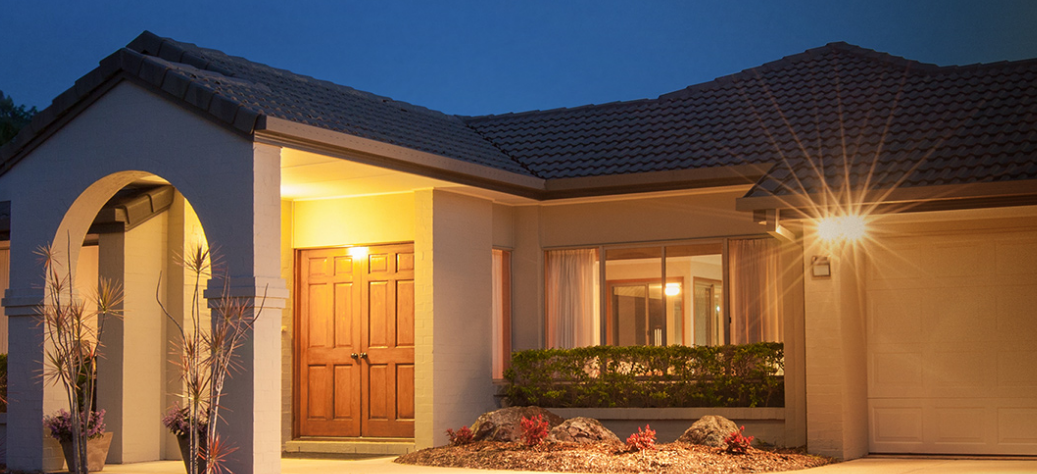
While you don’t need a nifty gadget to tell you if it’s hot outside, you should have something to tell your other smart home devices that it’s hot outside.
Basically, you can split temperature sensors into two uses: inside your home and outside the home. Sensors residing outside can help control your garden-based smart devices, such as getting your sprinklers to turn on if it’s been above a certain temperature for the past two days.
As for sensors based inside your home, well, they can help you get through the rest of the summer heat. For example, such a device can make your air conditioning turn on 10 minutes before you get home from work. If you’re interested in learning more, check out the HomeSeer HSM200 or the Elgato Eve.
Weather sensor
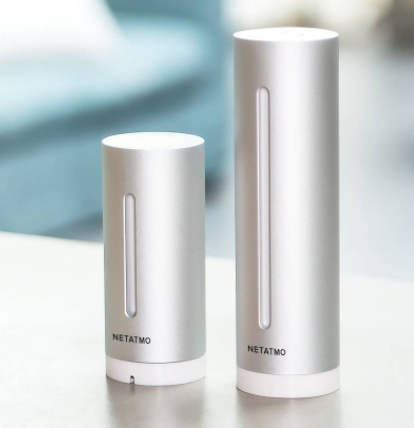
Similar to temperature sensors, weather sensors can do much more than tell you if you should grab that umbrella on your way out to the car. If you plug them into your smart home network, they can connect to other sensors and automate tasks.
One example would be pairing your weather sensors with your smart alarm. If a thunderstorm is about to roll through, you’ll get alerts about which windows in the house are open. There are plenty of weather sensors available, but perhaps the most well-known is Netatmo. It can measure temperature, humidity, air quality, and nearby sound levels.
Doorbell sensor
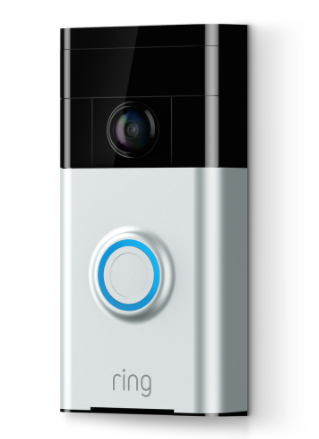
Recently growing in popularity, doorbell sensors bring a twist to the widely accepted motion sensor. Rather than just alerting you to movement and sounding an alarm, a doorbell sensor can play a live video feed from your doorstep when someone is there, even if the person hasn’t pressed the doorbell yet.
Suited for just about everyone, especially those living alone, these little guards also allow you to steer clear of annoying salespeople. It’s the peep hole of the 21st century.
Looking to install a doorbell sensor? You’ve likely heard about Ring, which costs $179.
Advertisement
Learn more about Electronic Products Magazine





